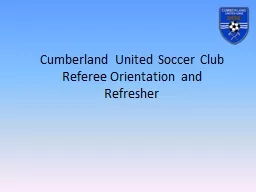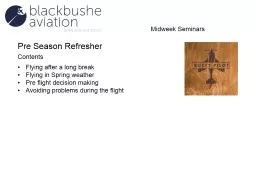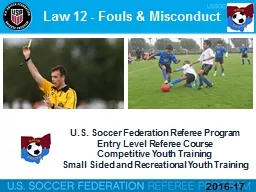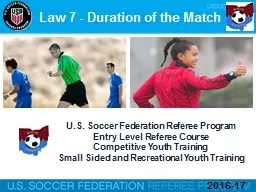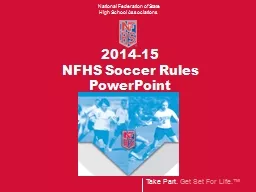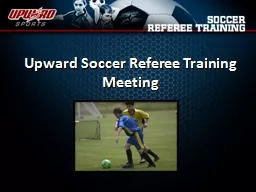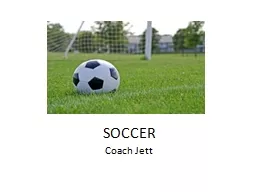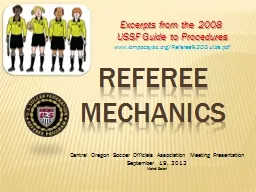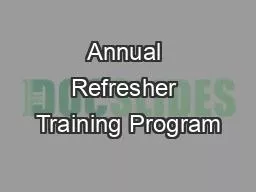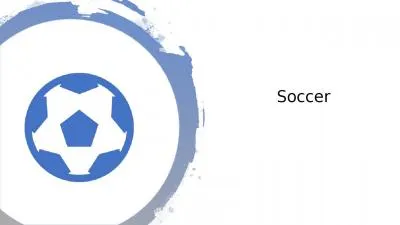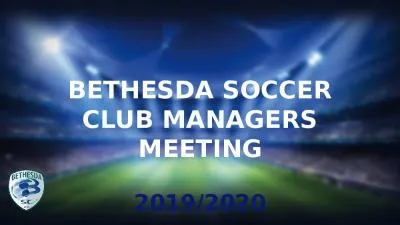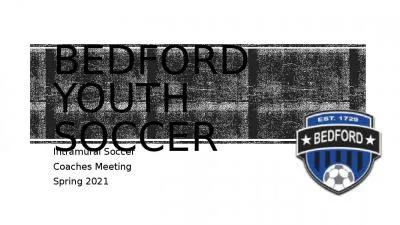PPT-Cumberland United Soccer Club Referee Orientation and Refresher
Author : alexa-scheidler | Published Date : 2019-11-06
Cumberland United Soccer Club Referee Orientation and Refresher Agenda Introduction Whats new for 2015 2015 Rates of Pay amp Forms OSA Policies and changes to the
Presentation Embed Code
Download Presentation
Download Presentation The PPT/PDF document "Cumberland United Soccer Club Referee Or..." is the property of its rightful owner. Permission is granted to download and print the materials on this website for personal, non-commercial use only, and to display it on your personal computer provided you do not modify the materials and that you retain all copyright notices contained in the materials. By downloading content from our website, you accept the terms of this agreement.
Cumberland United Soccer Club Referee Orientation and Refresher: Transcript
Download Rules Of Document
"Cumberland United Soccer Club Referee Orientation and Refresher"The content belongs to its owner. You may download and print it for personal use, without modification, and keep all copyright notices. By downloading, you agree to these terms.
Related Documents

